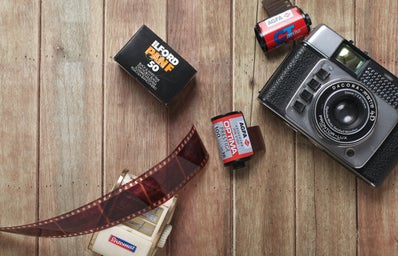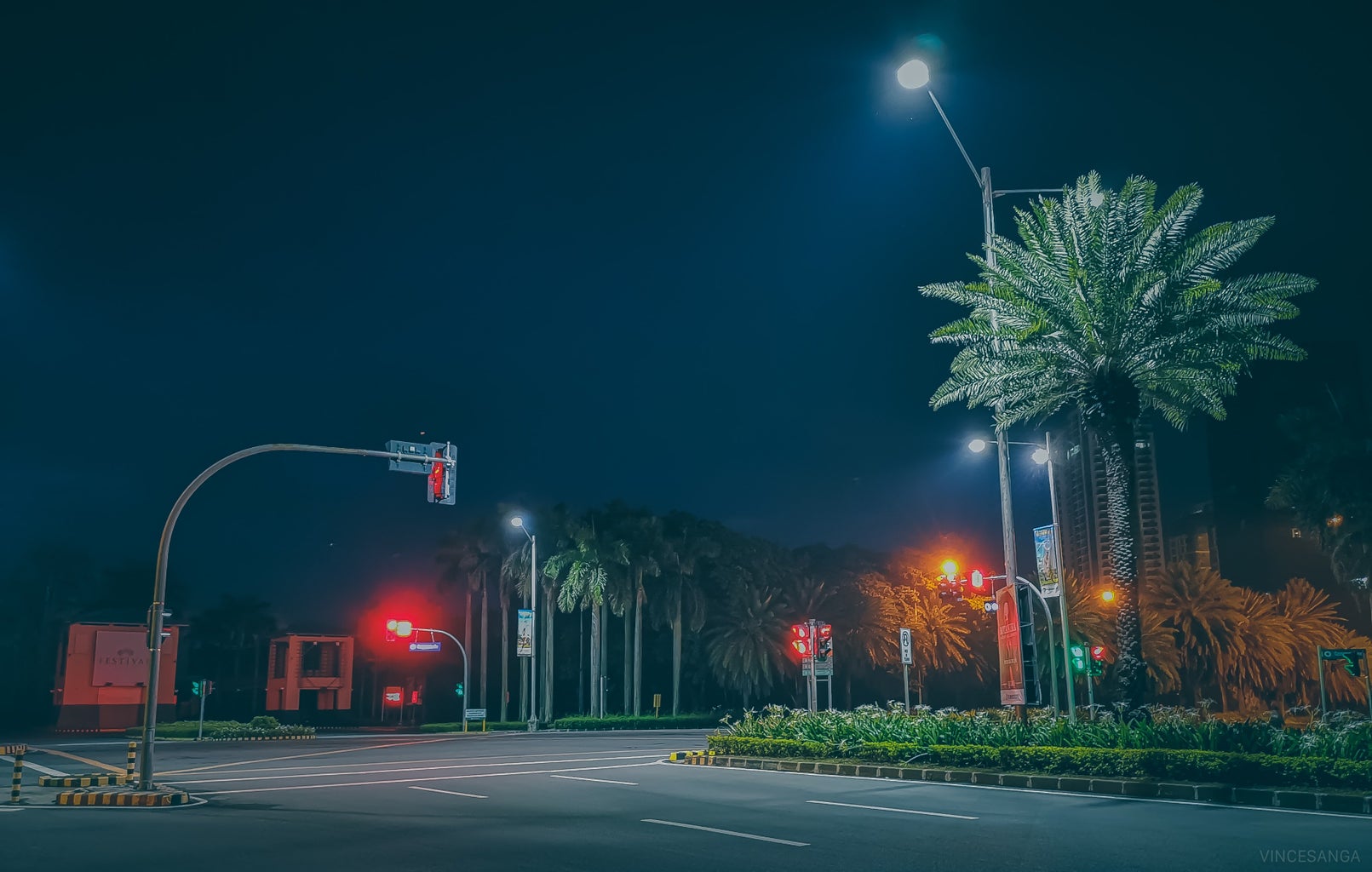A few stray wires sprawl across the empty waste. Black and white lightbulbs hang blankly over an abandoned church. The cross that stands upon it is braced against a frozen, white skyline; a few more wires are stretched over it, coming out of nowhere, leading to another nowhere destination. Beside it, a man fearfully clenches his camera lens, snapping off a photo in the mirror of his car window. Lee Friedlander’s piece 9W New York (1969) is, on the surface, a seemingly simple photograph; half self-portrait, half glimpse into an empty street on some forgotten avenue. However, the split vertical composition, as well as contrast between fright and emptiness, develops an attitude of ambivalence toward contemporary infrastructure, and the Church’s role within the photographer’s consciousness.

The photograph is split vertically, the left quarter of the image occupied by a mirror reflection of Friedlander himself, as he takes a snapshot on his camera. His hair is being pulled back by the wind and his eyebrows are raised over his eyes in an almost fearful expression. His eyes are narrowly opened in a manner of ambivalence, implying that there is something perhaps frightful about the scene that he is witnessing: a deserted church that reads in bold lettering across the top, “GOD BLESS AMERICA.” The parking lot before the church (which takes up about three quarters of the image), is empty; the street dusty, deserted, darkened. The black and white filter contrasts the dark lines of the street and car mirror with the vast and empty sky that looms above it. Beside Friedlander, there is not a single soul in view. The church and the street corner upon which it is placed is so devoid of life and energy that it seems something about faith itself is lost.
The half of Friedlander’s face that we see in the car mirror seems to imply something split about his own thoughts and attitude. We see only one eye in the frame, and from this we can infer that perhaps once the church played a strong role in his life; a role that it is no longer fulfilled, and thus echoed in the desertion of the parking lot. His conscience seems to be moving forward from traditional values, be they political or religious, as is implied by the words across the church’s roof, and the fright which is clearly written on the photographer’s face. The infrastructure seems to symbolize a past that is no longer relevant. However, this is not comforting to the viewer, as Friedlander himself continues to gaze fearfully, ambivalently, upon a future that is yet unclear.



